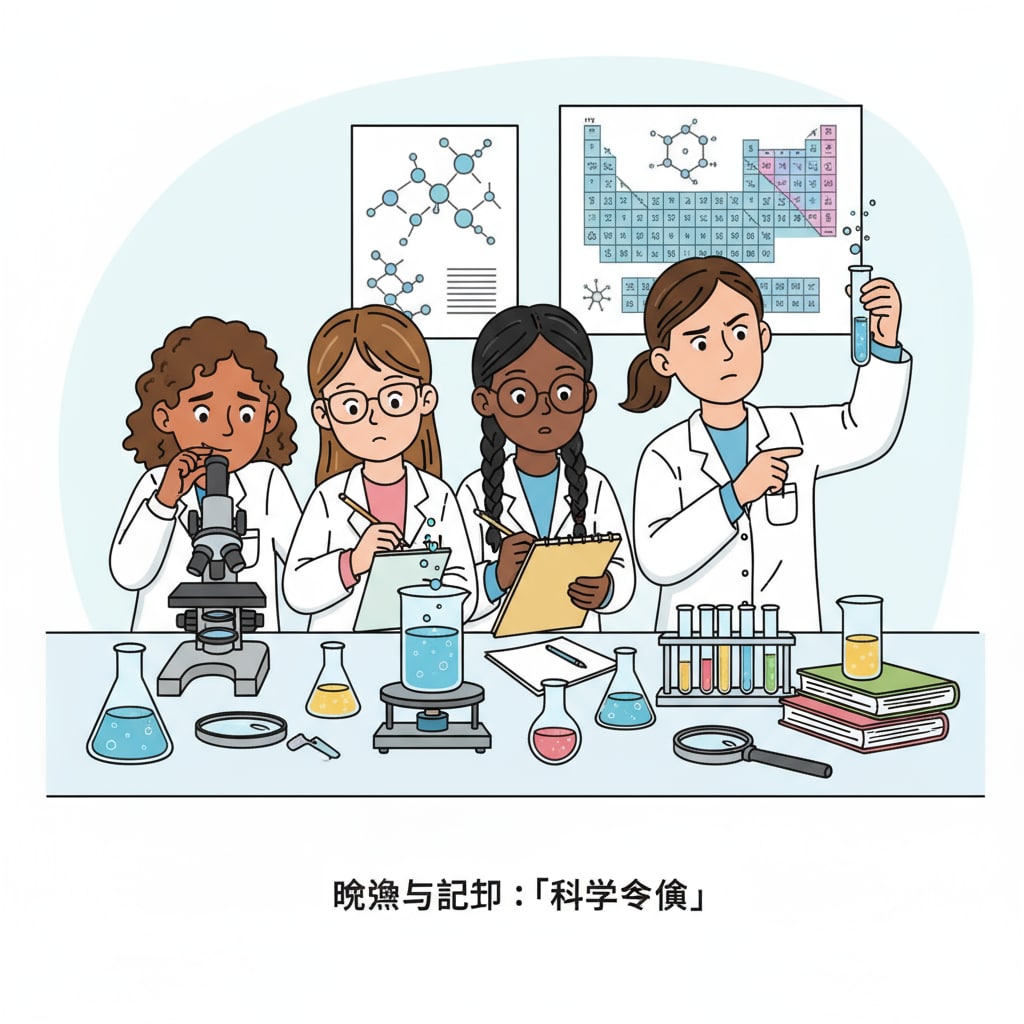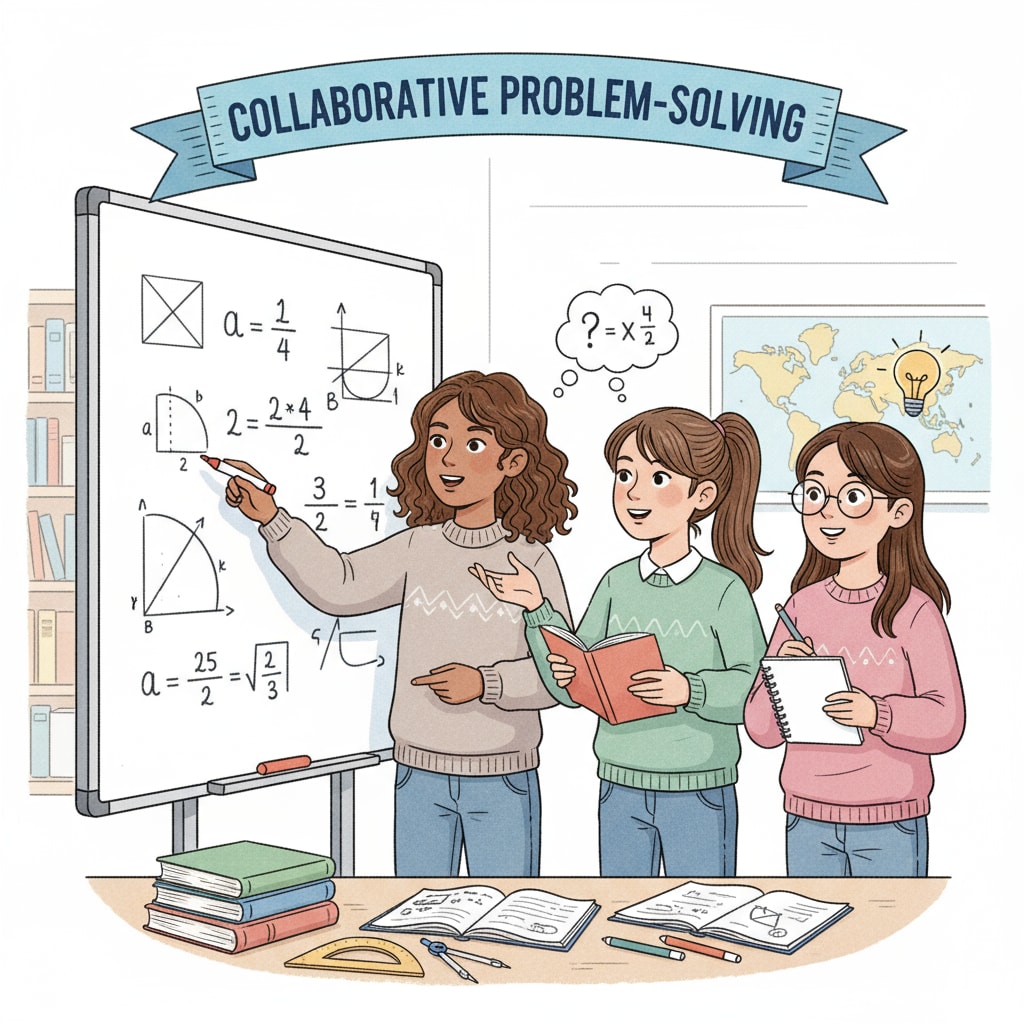In the realm of STEM education, understanding gender differences and implementing appropriate teaching practices is crucial for promoting girls’ success in math and science. Despite significant progress in recent years, girls still face unique challenges in these fields. This article delves into these challenges, examines their learning characteristics, and offers effective teaching strategies to support girls’ growth in STEM.

The Challenges Faced by Girls in STEM
One of the main challenges girls encounter is gender stereotypes. These stereotypes often suggest that math and science are male-dominated fields, which can undermine girls’ confidence and interest. For example, society may assume that boys are naturally better at math, leading girls to doubt their own abilities. Additionally, lack of female role models in STEM can make it difficult for girls to envision themselves in these careers. According to Gender inequality in science on Wikipedia, these factors contribute to the underrepresentation of women in STEM fields.
Learning Characteristics of Girls in Math and Science
Girls tend to have different learning styles compared to boys. They often prefer collaborative learning environments, where they can discuss ideas and work together. In math and science classes, group projects can be an effective way to engage girls. Moreover, girls are often more detail-oriented and have strong communication skills. These qualities can be harnessed in STEM learning. For instance, when conducting experiments, their attention to detail can lead to more accurate results. As explained on Gender role on Britannica, understanding these characteristics is essential for tailoring teaching methods.

Another aspect of girls’ learning in STEM is their emotional connection to the subject matter. They are more likely to be motivated when they see the practical applications of math and science in real life. Teachers can leverage this by incorporating real-world examples into their lessons.
Readability guidance: By highlighting the challenges and learning characteristics, we can now move on to effective teaching strategies. These strategies should aim to overcome the barriers girls face and capitalize on their unique strengths.


